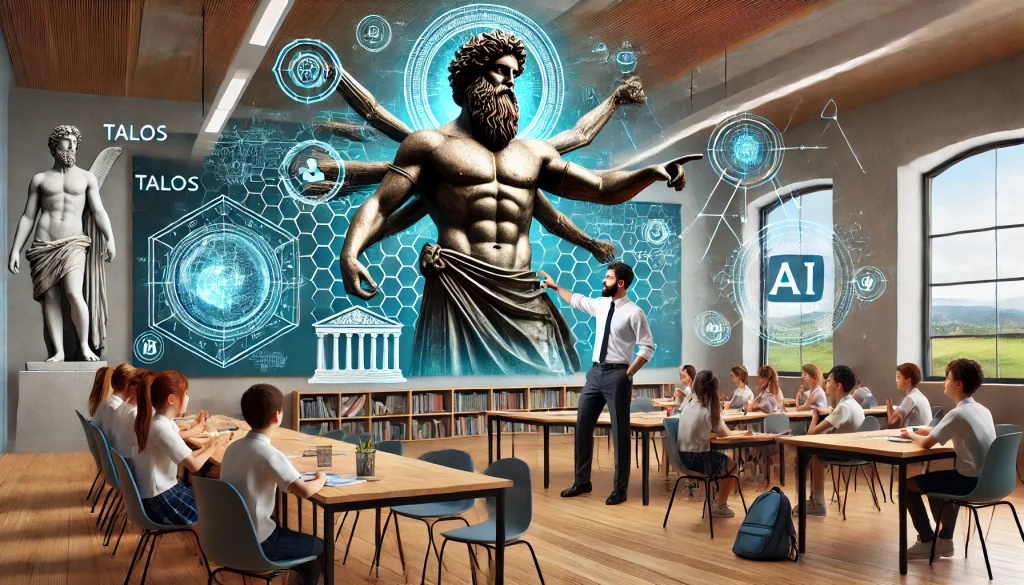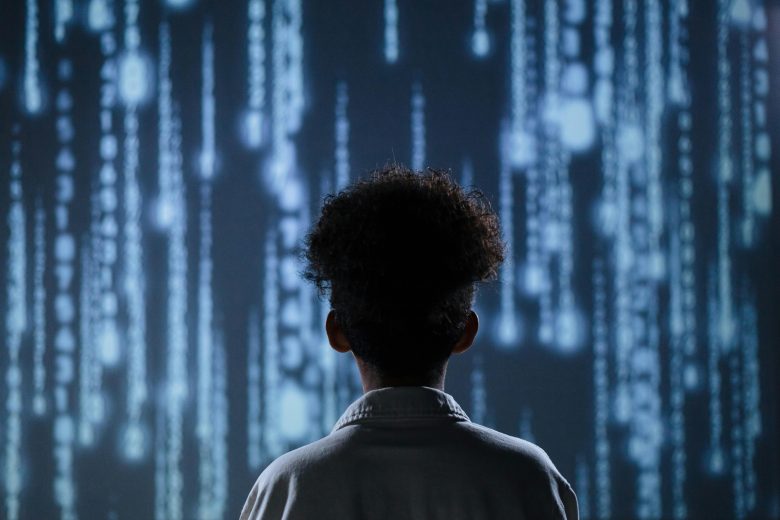In a world where Artificial Intelligence (AI) is shaping everything from self-driving cars to chatbots, the question arises:
How can we teach AI concepts in a way that sparks curiosity and creativity?
One unexpected answer lies in mythology, the stories that have shaped human imagination for centuries. Far from being mere fiction, myths hold deep cultural significance, often blending history, morality, and speculation about human potential. Many myths were once believed to be real, and even today, they continue to influence how we perceive the world. By integrating mythology into AI education, we can make complex technological concepts more accessible and engaging for students.
Mythology captures the imagination in a way that traditional technical explanations often cannot. When children hear about legendary figures and fantastical creatures, they are not just entertained, they are prompted to think about deeper questions. Myths introduce ideas of creation, automation, and intelligence, all of which are central to AI. Teaching AI through stories that students already find fascinating and magical can make the subject more relatable and thought-provoking.
But why is mythology such an effective approach for AI education? Adrienne Mayor, in her book “Gods and Robots: Myths, Machines, and Ancient Dreams of Technology”, argues that ancient myths were early explorations of artificial life, automation, and even AI-like beings. She examines how stories of mechanical servants, bronze warriors, and self-moving statues from Greek and other ancient cultures reflect early human desires to create intelligent machines.
Take Talos, the giant bronze guardian of Crete from Greek mythology. Often considered the first “robot” in history, Talos was designed to patrol the island, hurling boulders at invaders and burning enemies with his fiery embrace. But was Talos just a mythical monster, or could he be a blueprint for understanding AI, robotics, and even the ethics of automation today?
Talos: An Ancient AI Guardian?
Talos was created by Hephaestus, the god of invention, and was programmed to follow one mission: protect Crete at all costs. This mirrors how modern AI is often designed for specific tasks, whether it’s facial recognition for security, AI-driven policing, or autonomous drones.

But just like modern AI, Talos had vulnerabilities. He had a single vein filled with ichor (a divine energy source), which made him powerful but also fatally flawed. When Medea, the sorceress, tricked him into removing the bronze nail that sealed his vein, he collapsed! Much like how real-world AI can be hacked or manipulated. This story offers a perfect entry point for teaching AI and robotics. Instead of introducing AI with dry technical explanations, educators can use Talos to help students ask deeper questions:
- How does AI “think”?
- Can AI have a weakness like Talos?
- Should AI be trusted with security decisions?
How Can We Bring Myth into the AI Classroom?
By integrating mythology into AI lessons, educators can make complex concepts more engaging and relatable. Here are a few ways to use myths like Talos to teach AI:
AI & Robotics: “Design Your Own Talos”
Students can use design thinking to create a modern Talos-like AI guardian. What would it look like today? Would it be a robot, a drone, or a software program? Students can sketch their designs, program basic AI functions using Scratch or Python, or even build prototypes using LEGO Mindstorms or Arduino.

AI Ethics: “Should Talos Have Existed?”
Talos was programmed to follow orders without question, just like some AI-powered security systems today. But what happens when AI makes mistakes or is used in unethical ways? A classroom debate can explore AI ethics, decision-making, and responsibility.
AI Failures: “The Talos Flaw”
Just like Talos had a single fatal weakness, modern AI has its own problems: bias, hacking risks, and unintended consequences. Students can research real-world AI failures (such as biased facial recognition systems) and compare them to Talos’ downfall.
Why This Works?
Bringing mythology into AI education makes the subject more human-centered. Instead of treating AI as just a technical challenge, it helps students see it as part of a much larger story—one where technology, ethics, and human decision-making all play a role.
Talos might be a legend, but his story still teaches us a valuable lesson: the more we understand the power and limitations of AI, the better we can shape its future.
Would you trust an AI like Talos to protect your city? Or would you fear that, like in myth, it might one day turn against us? Let the debate begin. 🚀
